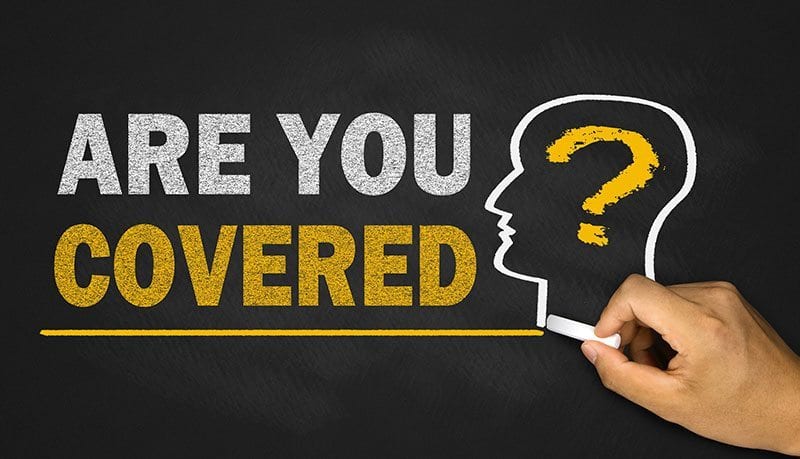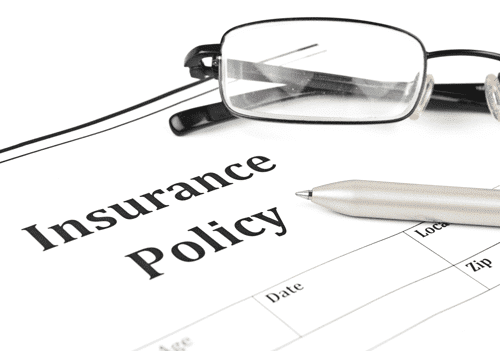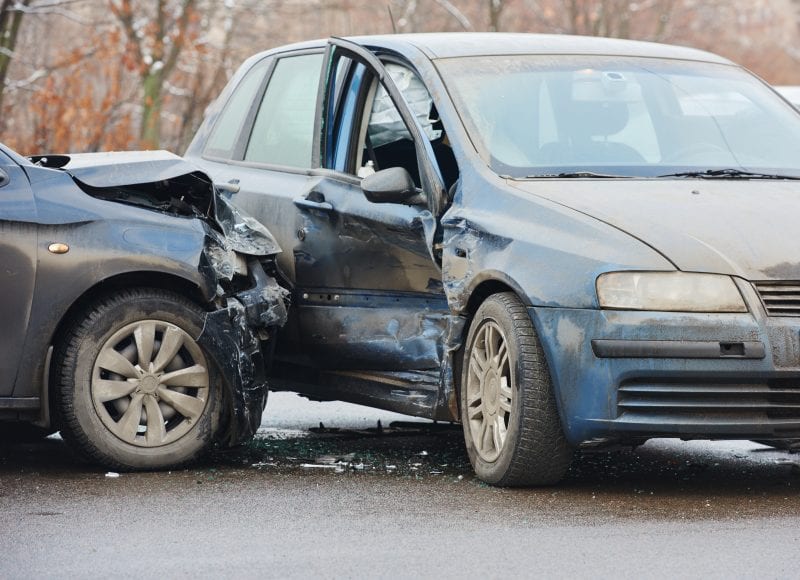It is never fun being in an accident caused by someone else’s negligent driving. Especially when that someone else doesn’t have insurance to cover the damages. Ideally, your car insurance policy includes an uninsured motorist clause providing you with UM coverage.
What is UM Coverage?
Uninsured motorist coverage protects you in the event that you are involved in an accident with a driver that doesn’t have enough insurance coverage to pay for your damages. The term uninsured motorist thus refers not only to drivers that don’t have any car insurance at all but also to those that are underinsured by their policy to pay for damages caused in the car wreck. Moreover, most policies will also include protection for incidents in which the at-fault motorist flees the scene and cannot be identified.
What Happens If I Don’t Have UM Coverage and I Get Into A Wreck With an Uninsured Motorist?
If you get in an accident with an uninsured motorist and you don’t have UM coverage, you will most likely be stuck with the bill. You can sue the uninsured motorist for damages, but this is rarely worth the effort. The vast majority of uninsured motorists simply won’t have the money to pay you. That’s probably why they didn’t buy a good insurance policy in the first place. Therefore, it is extremely important to know whether you are really fully covered by your UM policy.
Georgia UM Coverage Law
In years past, UM coverage was very weak in Georgia when it came to wrecks with underinsured motorists. Insurance companies only had to pay UM coverage if the amount of that coverage exceeded the at-fault motorist’s liability coverage. This often meant that people that were in accidents with an underinsured motorist were left with huge bills even though they had UM coverage.
For example, say a person had $50,000 of UM coverage, an accident cost $100,000, and the other motorist only had $50,000 of liability coverage. It would make sense for their UM coverage to kick in and pay the other $50,000. But under the old law, the insurance company wouldn’t pay a dime under the UM policy because the coverage didn’t exceed what the other motorist’s insurance paid.
In 2008, the Georgia legislature vastly improved the law by mandating that insurance companies offer policies that pay the full amount of UM coverage that a person deserves, regardless of the extent of the underinsured motorist’s liability coverage. Under this new type of policy, UM coverage “stacks” on top of any liability coverage paid by the at-fault motorist. Stacking policies are now the default UM coverage option, but people can opt-out in writing and take a traditional policy if they choose to.
Regardless of the type of insurance you think you may have, it is extremely important to identify all potential sources and amounts of insurance anytime you are in a serious automobile wreck in Georgia. In this “How To Video,” Attorney Chase Elleby explains the process for other attorneys.
If You Would Like More Information, Contact Williams Elleby Howard & Easter
Williams Elleby Howard & Easter highly recommends that drivers have UM coverage that “stacks” onto any liability coverage of an underinsured motorist. Having no UM coverage, or even having traditional UM coverage, leaves you vulnerable to huge costs if you get into a wreck with an uninsured motorist. Considering how affordable UM coverage is, it simply isn’t worth the risk. If you would like more information, or if you have been in an accident with an uninsured motorist and would like to better understand your options, call Williams Elleby Howard & Easter at 833-LEGALGA.





